
|
Types :
|
630mm EC Axiblade Brushless Motor EC 400V 900W 1200rpm Plastic blades Axial fan for Cooling , Ventilation , Exhausting
|
|
Voltage Ranges :
|
230V,380V,400V;
|
|
Frequency :
|
50/60 Hz
|
|
Diamter :
|
630mm ( impeller diameters )
|
|
Motor Types :
|
BLEC External Rotor Motor
|
|
Speed Control :
|
0-10V Signal / PWM / RS485(Optional)
|
|
Max.ambient Temp:
|
-25℃~ +60℃
|
|
Certificating :
|
All necessary certifications suitable for USA & Europe , ETL,UL ,CE ,RoHS, ISO19001,ISO 14001,BSCI
|
|
Protection Level:
|
IP44 ,IP54,IP55
|
|
Electronic Protection:
|
Current limiting protection ,Over-temperature protection,Over-current protection,Locked-rotor protection,Soft start
|
|
Working & Storage
|
Operating temperature:-25~60℃;Operating humidity:0 ~ 85 % RH
Storing temperature:-25 ~ 70℃;Storing humidity:0 ~ 95 % RH Applicable altitude range:<1000m |
|
Balancing
|
According to JB/T 9101-1999 requirements G6.3
|
|
Product Standards :
|
LVD EN60950-1 EMC EN61000-6-3,EN61000-4-2, EN61000-4-3
|
|
Mainly Applications
|
AUH/ AIR PURIFIER / Server Cooling & Ventilation / Grow Tent /Ventilation SYSTEM/ Equipments Cooling /Refrigerator ,etc;ventilation fan cooling;ventilation exhaust fans
|




















FAQ
* An axial flow fan is a type of fan that moves air in an axial direction, parallel to the fan’s axis. It is commonly used in various industrial and commercial applications for efficient air circulation.
2. What are the main components of an axial fan?
* The main components of an axial fan include the impeller, motor, housing, and mounting brackets.
3. How do I choose the right size of axial fan for my application?
* The right size of axial fan depends on the required airflow, static pressure, and space available. It’s best to consult with a professional or use a sizing guide to determine the appropriate fan size.
4. What is the difference between AC and DC axial fans?
* AC axial fans are powered by alternating current and are generally more powerful, while DC axial fans run on direct current and offer better energy efficiency and speed control.
5. How do I maintain my axial fan for optimal performance?
* Regular maintenance includes cleaning the fan blades and housing, checking the motor and bearings for wear, and ensuring the fan is securely mounted.
6. Can axial fans be used in outdoor applications?
* Yes, but it’s important to choose an axial fan designed for outdoor use, with weatherproof materials and protection against the elements.
7. What are the common problems with axial fans and how to troubleshoot them?
* Common issues include noise, reduced airflow, and motor failure. Troubleshooting may involve cleaning the fan, checking for obstructions, and inspecting the electrical connections.
8. How do I ensure the safety of my axial fan during operation?
* Safety can be ensured by following the manufacturer’s guidelines, using proper grounding, and regularly inspecting the fan for any signs of wear or damage.
9. What is the typical lifespan of an axial fan?
* The lifespan of an axial fan can vary depending on usage, maintenance, and quality, but it typically ranges from 10 to 20 years.
10. Are there any energy-saving options available for axial fans?
* Yes, DC axial fans and those with variable speed drives are more energy-efficient. Additionally, ensuring proper sizing and maintenance can contribute to energy savings.


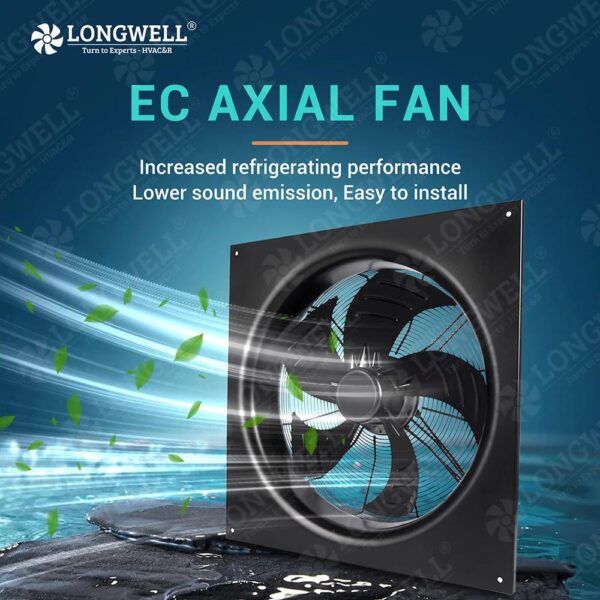
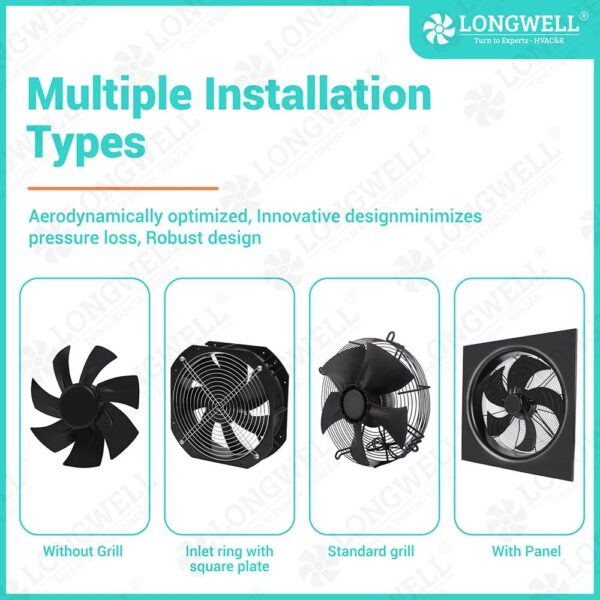

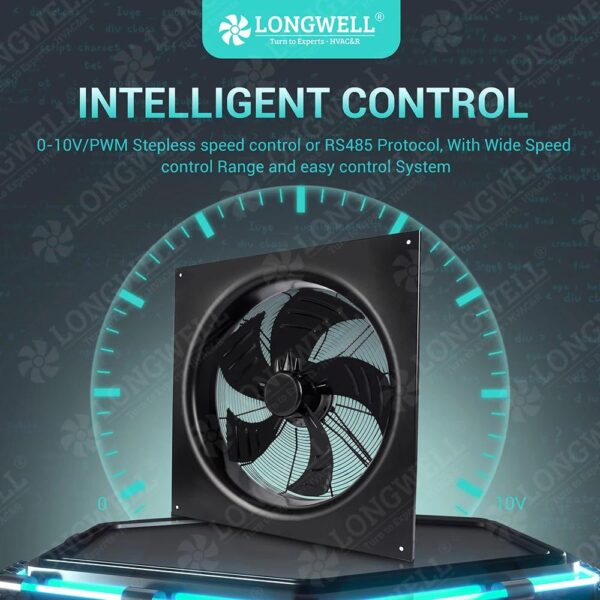
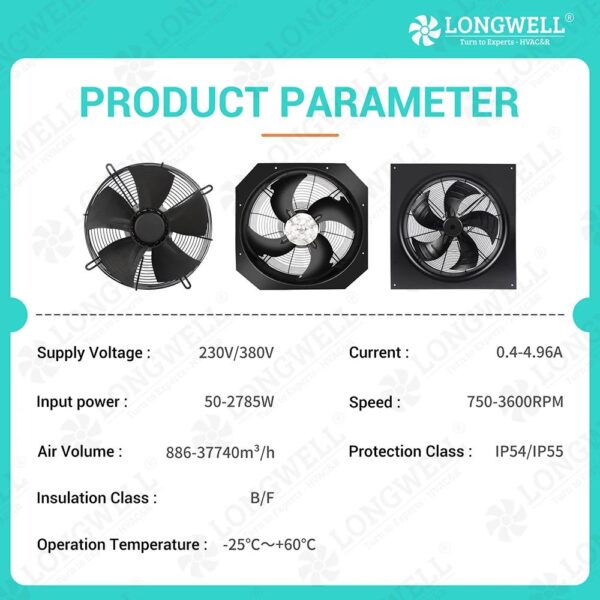

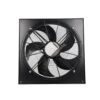
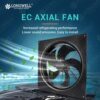
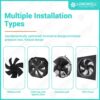
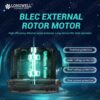
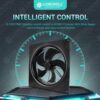
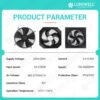
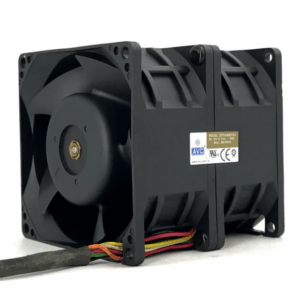
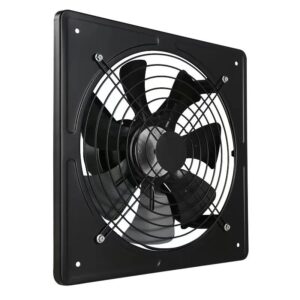


Reviews
There are no reviews yet.